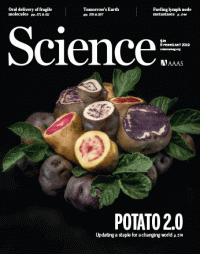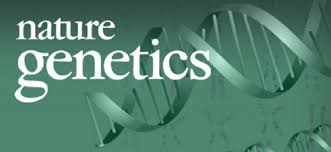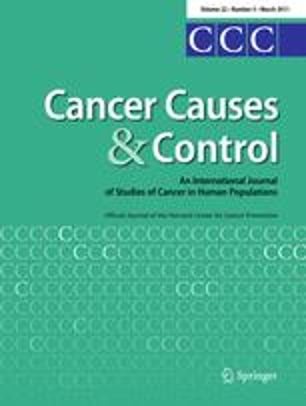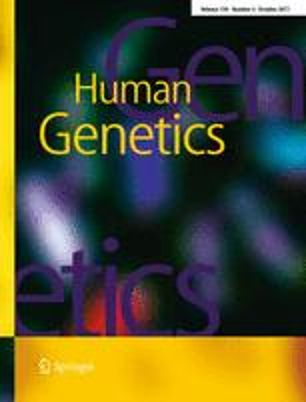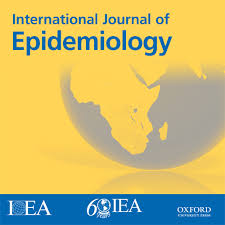High-resolution genomic analysis of human mitochondrial RNA sequence variation.
High-resolution genomic analysis of human mitochondrial RNA sequence variation. Journal: Science| Pages: 413-415 |Date: April 2014 | Authors: Hodgkinson A, Idaghdour Y, Gbeha E, Grenier JC, Hip-Ki E, Bruat V, Goulet JP, de Malliard T, Awadalla P. Mutations in the mitochondrial genome are associated with multiple diseases and biological processes; however, little is known about the Read more about High-resolution genomic analysis of human mitochondrial RNA sequence variation.[…]

